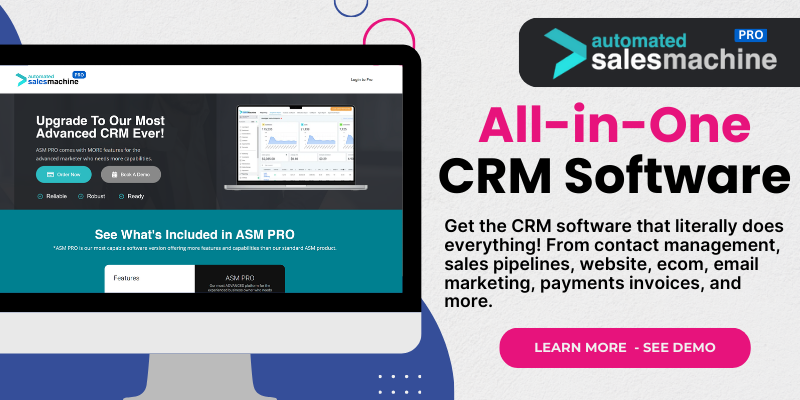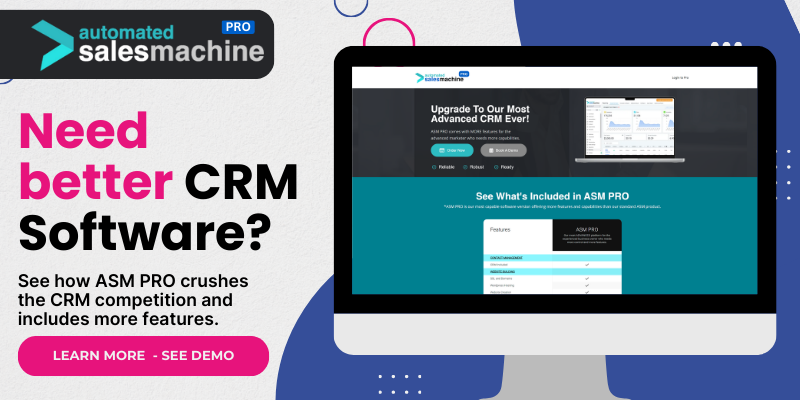Understanding Hospice Care and the Need for CRM Software
What is Hospice Care?
Hospice care is a special type of care designed to provide comfort and support for individuals at the end of their lives. It focuses on maintaining a high quality of life for patients who are not seeking curative treatments for their illnesses. Instead, caregivers prioritize pain management, emotional support, and ensuring the wishes of patients and their families are honored.
From my experience, hospice care involves a team of compassionate professionals, including doctors, nurses, social workers, and volunteers who work together to address the unique needs of patients and their families. It’s a holistic approach that respects the dignity of each individual while providing necessary medical care.
Understanding the complexities of hospice care can be overwhelming for organizations. That’s where CRM software can play a vital role, streamlining operations and improving communication among team members, which can significantly enhance the quality of care offered to patients.
The Role of CRM in Hospice Care
This is where CRM (Customer Relationship Management) software comes into play. A robust CRM system allows hospice organizations to manage patient interactions systematically and efficiently. It helps track patients’ needs, manage schedules, and maintain comprehensive communication logs, ensuring that no detail slips through the cracks.
From my perspective, having a functional CRM in the hospice setting isn’t just about managing patient data; it’s about enhancing relationships. By enabling caregivers to focus on quality interactions rather than administrative tasks, CRM software contributes to a more empathetic and supportive environment for patients and their families.
Moreover, the right CRM can help in training and onboarding staff, managing volunteer outreach, and providing analytics that can guide treatment plans and operational efficiency. There’s a lot riding on these systems, and choosing the right one can make a world of difference.
Key Features to Look for in Hospice CRM Software
When searching for the best hospice CRM software, I recommend looking for specific features that truly cater to the unique aspects of care. User-friendly interfaces, robust reporting tools, patient and family engagement features, and integration capabilities with existing systems are vital.
Additionally, it’s crucial to consider whether the software offers mobile access for field staff. This can ensure caregivers have real-time information at their fingertips, which is vital for delivering timely, personalized care. After all, care often happens outside of the office!
Lastly, consider customer support and training options. A responsive support team can mean all the difference when you need help working through specific challenges that arise in a hospice setting.
Exploring the Top 8 Hospice CRM Software Options
Option 1 – VITAS
VITAS is consistently mentioned among the best in the industry. Their software encompasses everything from hospice admissions to care management. What I find particularly impressive is the streamlined communication it promotes, making sure everyone on the team stays informed.
They also offer great reporting tools that help track various metrics, which are invaluable for improving service and demonstrating compliance with healthcare regulations. If you aim to enhance your hospice operation effectively, VITAS might be a great starting point!
However, it does come with a learning curve, so be prepared to invest time in training sessions. But trust me, it’ll pay off when you see improved workflows.
Option 2 – Home Health Gold
Another top contender is Home Health Gold. From my experience, this software shines in its ease of use and adaptability, making it a popular choice among smaller hospices. Their user-friendly design means that even staff members who are not particularly tech-savvy can feel comfortable navigating it.
Moreover, it offers fantastic functionalities for scheduling and documentation, which help streamline daily operations. I can’t stress enough how much time these features save. It’s all about efficiency where it counts!
Just like any tool though, be sure you’re well supported with training and get the most out of its features.
Option 3 – EpicCare
EpicCare stands tall as a comprehensive solution integrating multiple facets of patient care, including hospice. It’s known for its strong emphasis on enhancing patient and family experience, which is essential in our line of work. Through its platform, care teams can easily access patient records, notes, and care plans.
Its analytics capabilities give you insights into the quality of care and operational metrics. For those who thrive on numbers, this can significantly impact strategic decisions moving forward.
However, bear in mind that it’s a larger investment, suitable for bigger organizations able to leverage its extensive features.
Option 4 – CareSmartz360
CareSmartz360, let me tell you, is really designed with home health agencies in mind. It integrates all care components, from scheduling to billing, under one roof. This makes managing hospice services significantly less complex.
I’ve found their customer support to be quite responsive as well, which is always a plus. They have various training resources, helping equip hospice teams effectively and efficiently.
This software’s flexibility allows users to customize features and workflows to better fit their specific needs, which is a real game-changer.
Option 5 – Netsmart
Netsmart offers an integrated platform designed for post-acute care, including hospice services. Their focus on care transitions helps ensure that patients receive seamless care as they move between different stages of their health journey.
What stands out for me is how they place a strong emphasis on team collaboration, which ultimately benefits patients. Their solutions cater to a variety of care settings, which can be incredibly useful for larger organizations.
It’s worth mentioning that transitioning to Netsmart can involve significant upfront work, but the potential long-term benefits make it worthwhile.
Option 6 – AlayaCare
AlayaCare mesmerizes with its cloud-based approach, making it accessible anytime, anywhere. Perfect for hospices that prioritize mobility, this software offers robust documentation and care planning tools right from the field. If your team spends a lot of time out of the office, you’ll love it!
Additionally, AlayaCare provides excellent reporting features that can help assess care outcomes and service effectiveness. It truly embraces the idea of not just caring for patients, but also enhancing the delivery of care.
However, similar to other platforms, be prepared for some upfront training to maximize its full potential; once you do, you won’t regret it.
Option 7 – Hospice Analytics
Lastly, let’s talk about Hospice Analytics. As the name highlights, it’s heavily focused on data, providing in-depth analytics that help organizations evaluate their performance. In my experience, this is a solid foundation for making informed operational decisions.
Hospice Analytics is ideal for organizations looking to track their performance through quantitative metrics, utilizing dashboards that clearly present data. This allows teams to easily identify areas needing improvement.
The only con? It may require some time to acclimate to the metrics and analytics features if your organization isn’t that data-driven yet.
Option 8 – WellSky
Finally, WellSky deserves a mention for being a well-rounded healthcare management software that includes hospice functionalities. What’s great about WellSky is the support it offers in enhancing patient engagement, helping families stay connected with care plans and updates.
Their workflow tools merge seamlessly with existing processes, making the integration less daunting. I believe organizations that prioritize patient engagement will find immense value in this solution!
This software could be a bit more complex to set up initially, but again, with the right training, it can really elevate your service delivery.
Conclusion: Choosing the Right CRM for Your Hospice
Assessing Your Organization’s Needs
Finding the right CRM software for your hospice organization is no small feat. It’s crucial to assess the specific needs of your team, patients, and families. Take the time to evaluate how each option aligns with your operational processes and care goals.
I recommend involving team members in the decision-making process to ensure buy-in and gather insights on what features they value most. After all, they are on the front lines and know firsthand what tools would make their jobs easier and care more effective!
In the end, investing in the right CRM software can help you provide a higher level of compassionate care, which is what hospice is all about.
FAQ
1. What should I consider before choosing a hospice CRM software?
Before choosing a hospice CRM software, consider factors like ease of use, mobile accessibility, integration capabilities with existing systems, customer support, and the specific features that align with your organization’s operations.
2. How can CRM software improve patient care in hospice settings?
CRM software can improve patient care by streamlining communication among caregivers, managing patient interactions efficiently, and providing easy access to patient data. This ensures that everyone involved in care is on the same page, ultimately enhancing the quality of service provided.
3. Are there any costs associated with implementing hospice CRM software?
Yes, implementing a hospice CRM software typically involves costs for licensing, training, and possibly ongoing support. It’s important to assess your budget and evaluate the ROI by looking at the long-term benefits of improved efficiencies in care management.
4. How long does it take to train staff on new CRM software?
The time it takes to train staff on new CRM software can vary widely based on the complexity of the platform. Generally, expect at least a few days or weeks of training to ensure everyone feels comfortable using the software effectively.
5. What is the primary benefit of using a CRM in hospice care?
The primary benefit of using a CRM in hospice care is enhanced communication and organization. It helps coordinate care more effectively among team members, ensuring that patients receive timely, personalized attention during crucial moments in their care journey.

